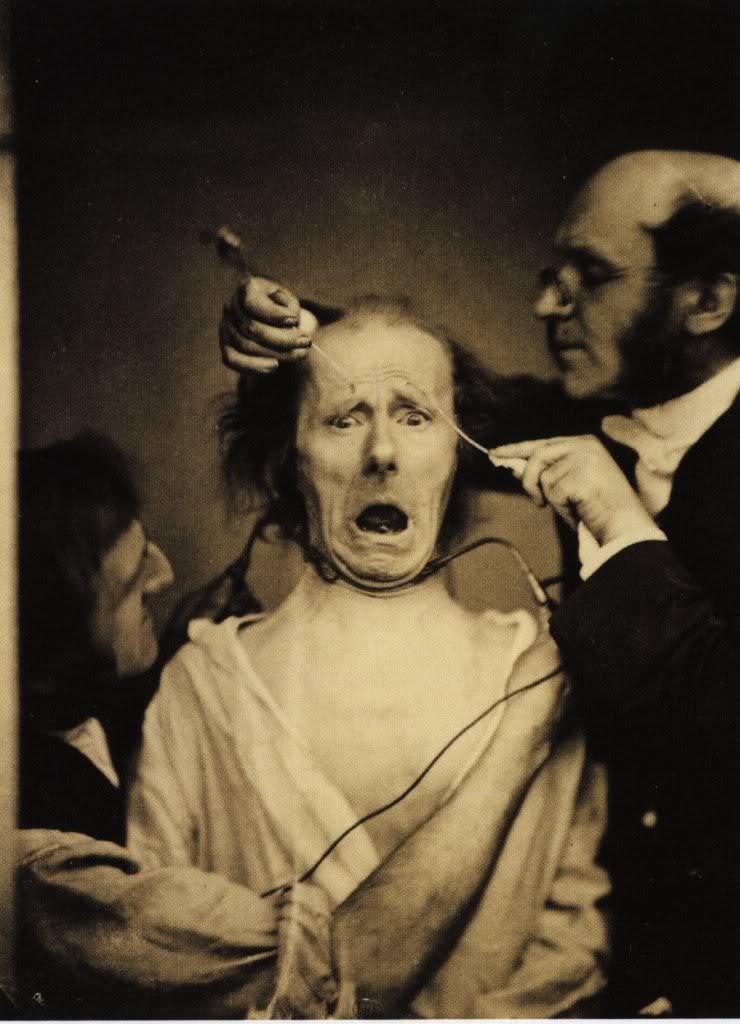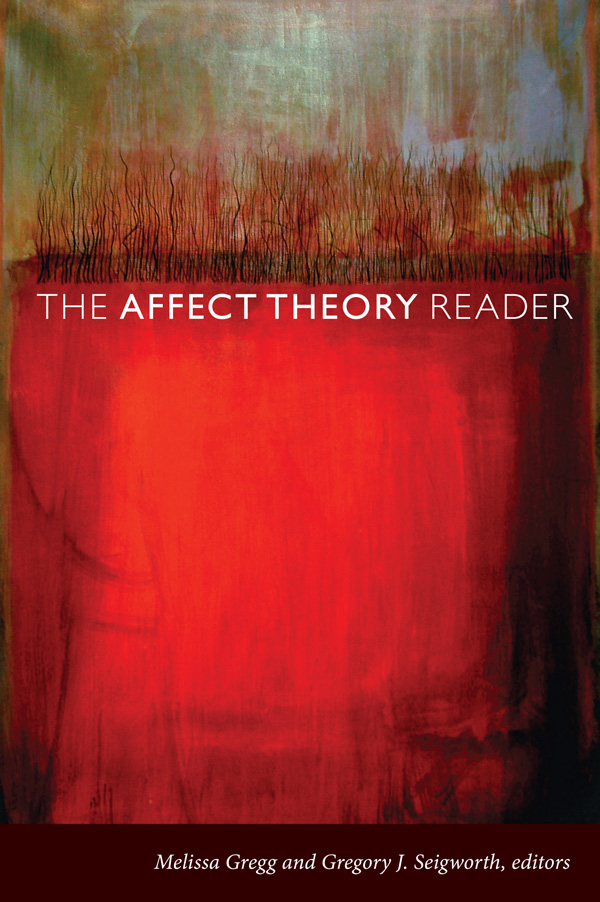BY Todd Cronan
As critics have ceaselessly argued, the core problem with Brecht’s art and theory is his didacticism. Brecht undoubtedly saw art in moral and political terms. Moreover, he thought that morality was a consequence of his works. He described all works of art as “necessarily…bound to release emotional effects.” The only difference between his moralism and the moralism of “bourgeois” art was that he believed his effects could fail. Even though all works produce emotional effects, the job of the (non-bourgeois) artist was to defeat the free play of affect. Brecht’s art continually thematizes open-ended affect as the thing to be overcome, or to show how it had not been overcome by his characters, making that failure a problem to be resolved outside the theater.









